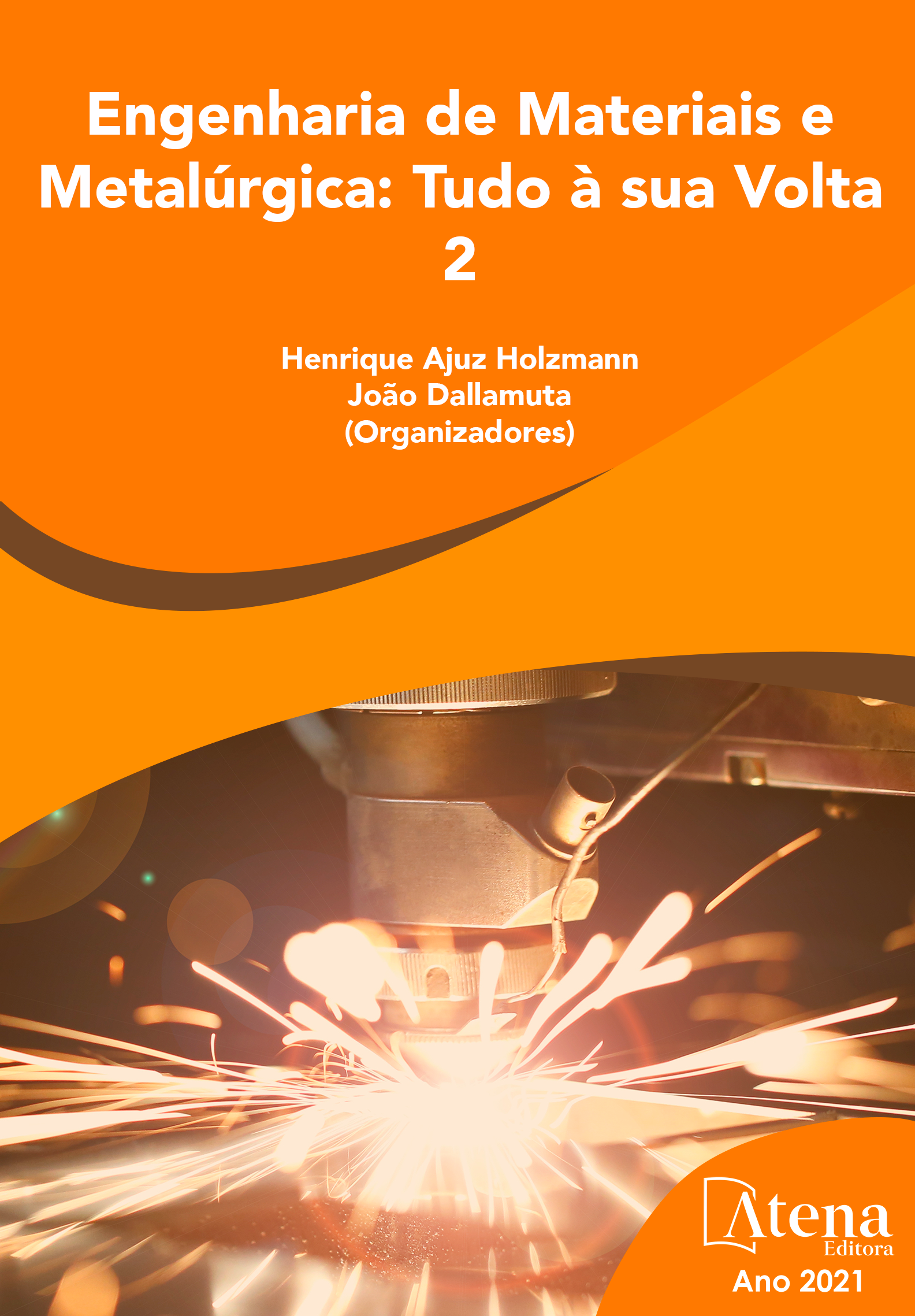
INFLUÊNCIA DA TÉCNICA “TWO STEPS SINTERING” NA REDUÇÃO DA POROSIDADE DAS CERÂMICAS VERMELHAS
A região do Vale do Canaã é caracterizada pela presença de indústrias de cerâmicas e de esquadrias. A fabricação de telhas e lajotas foi estudada e proposto uma nova rota de queima dos produtos cerâmicos da região, com o objetivo de melhorar a qualidade do produto final. A técnica de “Two Steps Sintering” permite que o material mude algumas de suas propriedades mecânicas sem que altere drasticamente as temperaturas de tratamento das cerâmicas. A técnica consiste em aumentar a temperatura de tratamento da amostra durante o aquecimento do forno e, ao atingir a nova temperatura, mantê-la por poucos minutos e logo após a amostra será resfriada até a temperatura convencional de tratamento. Foram elaboradas amostras a partir da mistura de matéria prima padrão utilizada nas cerâmicas da região com a adição de 20% de resíduo de mármore e granito. Cada pastilha confeccionada (amostra) tinha formado cilíndrico com cerca de 16 milímetros de diâmetro variando de 6 a 8 milímetros de altura e foram compactadas sob uma força de 1,5 toneladas em uma prensa hidráulica. Para o tratamento térmico, a temperatura de patamar foi fixada em 960 ºC por 24 horas. Para inserir a rotina de tratamento de “two steps sintering”, a temperatura de patamar foi extrapolada por 1 minuto em 20 ºC para o primeiro conjunto de 10 amostras, 40 ºC para o segundo conjunto de 10 amostras e 60 ºC, para o conjunto final de 10 amostras. As amostras foram submetidas a mensuração de suas massas, medição volumétrica direta, determinação da densidade, determinação da absorção de água, determinação volumétrica real (determinação do deslocamento de fluido). As medidas indicaram que a técnica de “two steps sintering” podem ser aplicadas nas indústrias de cerâmica vermelha e proporcionaram, no laboratório, a diminuição da absorção de água e das trincas do material cerâmico.
INFLUÊNCIA DA TÉCNICA “TWO STEPS SINTERING” NA REDUÇÃO DA POROSIDADE DAS CERÂMICAS VERMELHAS
-
DOI: 10.22533/at.ed.62221050411
-
Palavras-chave: Rota térmica, temperatura, resíduo, compactação.
-
Keywords: Thermal route, temperature, residue, compaction.
-
Abstract:
The Canaã Valley region is characterized by the presence of ceramic and window frames industries. The manufacture of tiles and tiles was studied and a new route for burning ceramic products in the region was proposed, with the aim of improving the quality of the final product. The "Two Steps Sintering" technique allows the material to change some of its mechanical properties without drastically altering the treatment temperatures of the ceramics. The technique consists in increasing the sample treatment temperature during the heating of the oven and, when reaching the new temperature, keep it for a few minutes and soon after the sample will be cooled to the conventional treatment temperature. Samples were prepared from the mixture of standard raw material used in ceramics in the region with the addition of 20% marble and granite residue. Each manufactured insert (sample) had a cylindrical shape about 16 millimeters in diameter ranging from 6 to 8 millimeters in height and were compacted under a force of 1.5 tons in a hydraulic press. For heat treatment, the threshold temperature was fixed at 960 ºC for 24 hours. To insert the “two steps sintering” treatment routine, the threshold temperature was extrapolated for 1 minute at 20 ºC for the first set of 10 samples, 40 ºC for the second set of 10 samples and 60 ºC for the final set of 10 samples. The samples were subjected to measurement of their masses, direct volumetric measurement, density determination, determination of water absorption, real volumetric determination (determination of fluid displacement). The measures indicated that the “two steps sintering” technique can be applied in the red ceramic industries and provided, in the laboratory, a reduction in the absorption of water and cracks in the ceramic material.
-
Número de páginas: 6
- Valdi Antonio Rodrigues Junior
- André Lucas Reboli Pagoto


